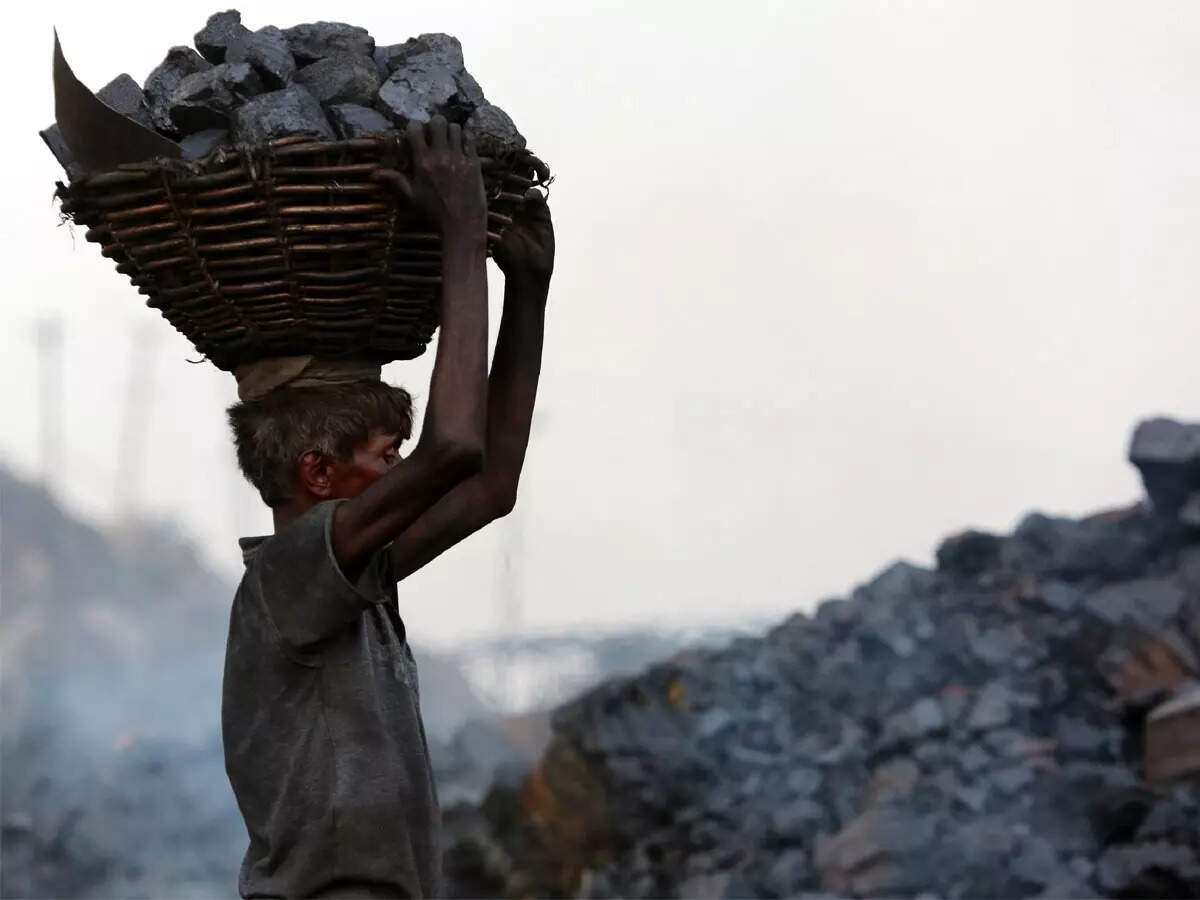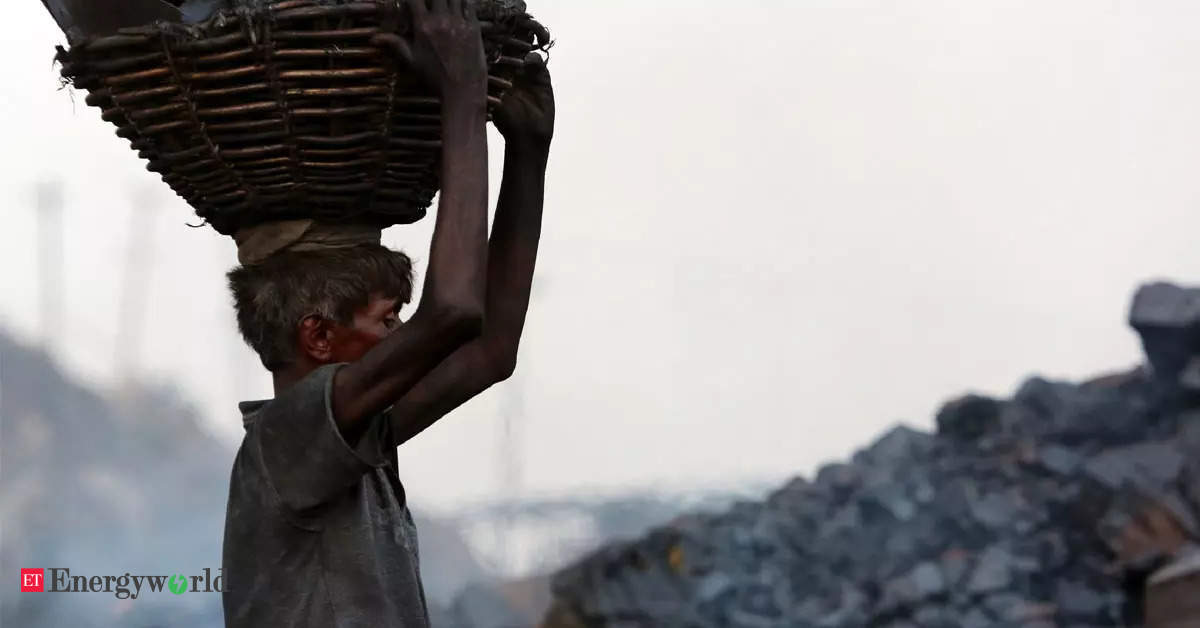
LAUNCESTON: The prices of thermal coal and spot liquefied natural gas (LNG) in Asia are declining amid the two prongs of weaker demand in Europe and China for the fuels used to generate electricity and heat homes.
The price of spot LNG for delivery to north Asia dropped to $17 per million British thermal units (mmBtu) last week, the weakest since August 2021 and down 76 per cent from the record high of $70.50 reached in the week to Aug. 26 last year.
The main grades of seaborne thermal coal also declined last week, with the Australian benchmark Newcastle Index , as assessed by commodity price reporting agency Argus, slipping to $227.63 a tonne, the lowest since January 2022 and about half of the record $442.89 reached in September last year.
The Newcastle Index only covers a relatively small portion of the seaborne thermal coal market, reflecting higher energy cargoes bought mainly by utilities in Japan and South Korea.
The price of Australian thermal coal with an energy content of 5,500 kilocalories per kg (kcal/kg) dropped to a 13-month low of $126.10 a tonne in the week to Feb. 10, and is now down 55.6 per cent from its record high of $284.20 reached on March 11, in the wake of Russia’s invasion of Ukraine.
This grade is popular with utilities in India and in Southeast Asia, and was the most-sought after Australian thermal coal by China prior to its informal ban on imports from Australia in 2020, which has recently been lifted.
Low-rank Indonesian coal with an energy content of 4,200 kcal/kg slid to $71.69 a tonne in the week to Feb. 10, the weakest since January 2022 and down 41 per cent from its 2022 high of $120.86 from mid-March.
This grade is preferred by Chinese utilities, which value its low ash and sulphur content, allowing for blending with higher ash and sulphur domestic supplies.
The drop in prices for seaborne thermal coal comes as China, the world’s biggest importer, buys fewer cargoes, with commodity analysts Kpler estimating February arrivals at 13.41 million tonnes, down from an estimated 20.24 million tonnes in January and 23.81 million in December.
While the February figure will rise before the end of the month as more cargoes are assessed, it’s still likely that it will be well below the outcome of the previous two months.
A mild winter and strong domestic output have limited China’s appetite for imported thermal coal, putting downward pressure on prices, especially for Indonesian grades.
Europe’s imports of seaborne thermal coal are also dropping, with Kpler estimating February arrivals of 6.61 million tonnes, down from 8.16 million in January and 8.75 million in December.
A mild winter combined with adequate stockpiles of natural gas have limited the need for coal-fired generation, although it’s worth noting that Europe’s thermal coal imports have moved structurally higher in the wake of the war in Ukraine, with this February’s imports already some 12 per cent above the same month in 2022.
LNG DIPS
Similar to thermal coal, a drop in demand from China and from Europe is freeing up spot LNG cargoes and contributing to lower prices.
China is on track to import about 4.47 million tonnes of the super-chilled fuel in February, down from 6.12 million in January and 7.28 million in December, according to Kpler data.
While lower imports have an element of seasonality to them, dropping as peak winter demand eases, it’s worth noting that China’s arrivals in February are likely to be below the 4.95 million tonnes from the same month last year.
Europe’s LNG imports are expected to drop to 10.49 million tonnes in February, down from 12.49 million January and a record high of 13.44 million in December.
Similar to thermal coal, Europe’s LNG demand was shifted structurally higher as a result of the move away from Russian pipeline gas after Russia’s attack on Ukraine, which Russia calls a “special military operation”.
This may mean that spot LNG and thermal coal prices may remain at levels that appear elevated compared with the average of the last decade, especially as new supply will only arrive in significant volumes for LNG around 2025.
China’s re-opening after it abandoned its zero-COVID policy may also spur higher energy consumption, but it remains to be seen whether domestic coal output can remain at near record levels or whether utilities will turn more to the seaborne market.
